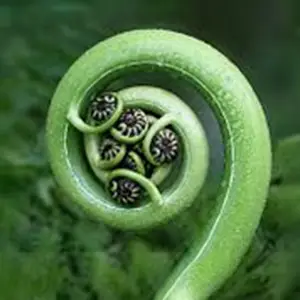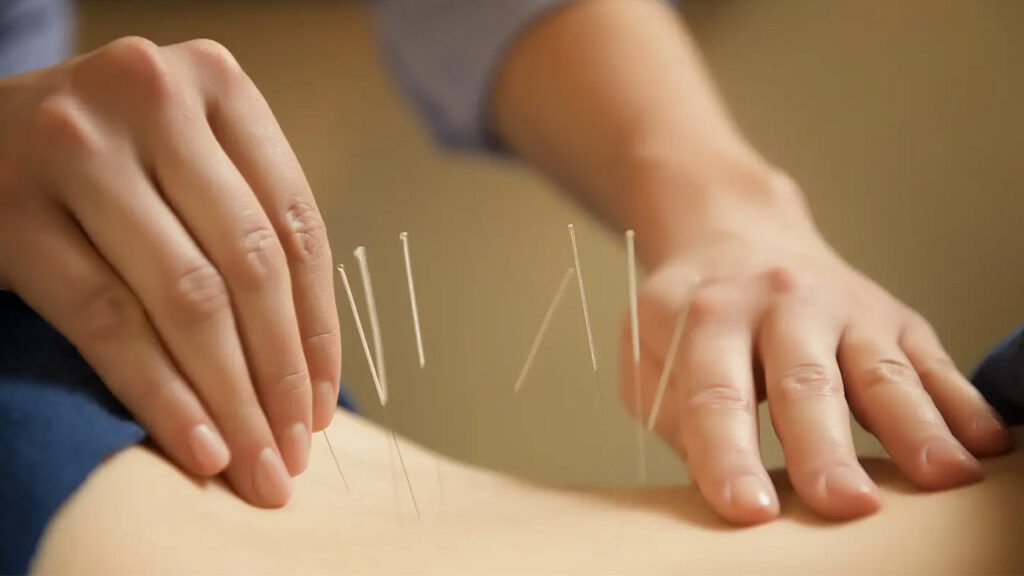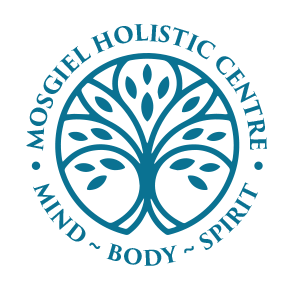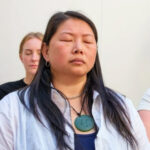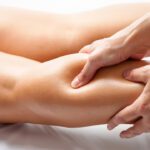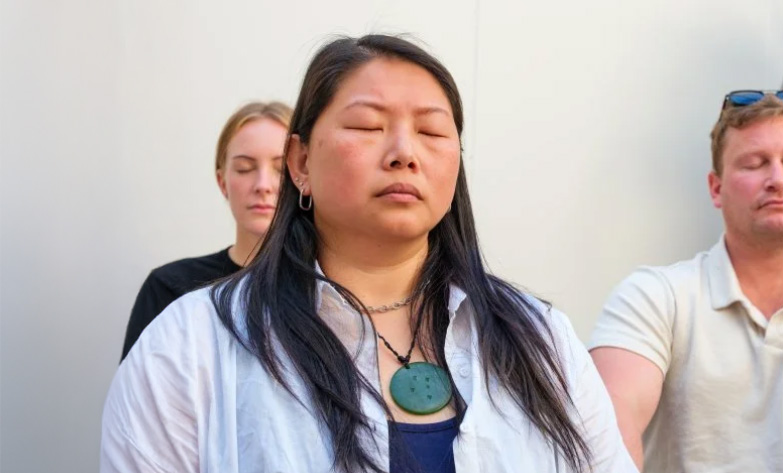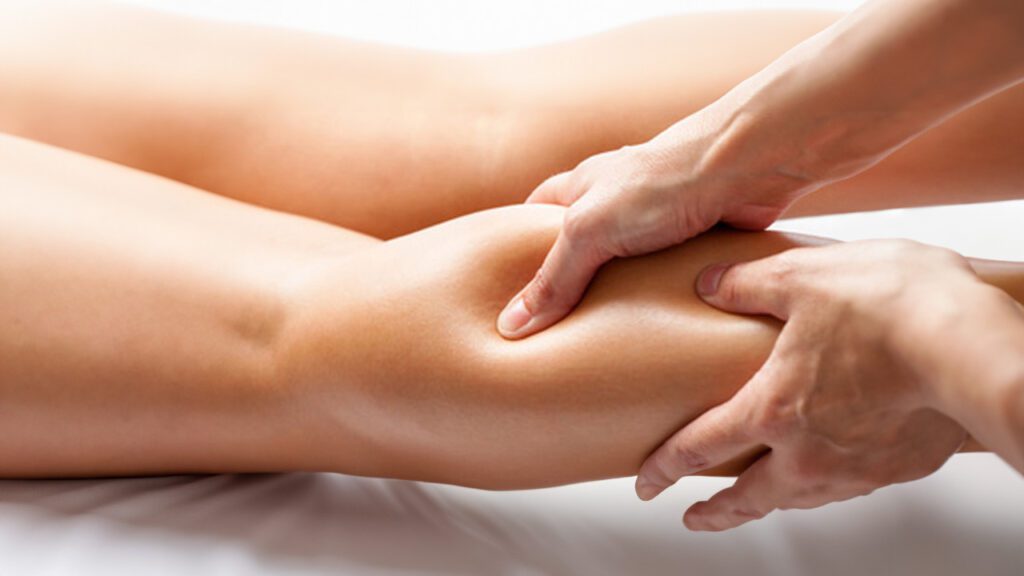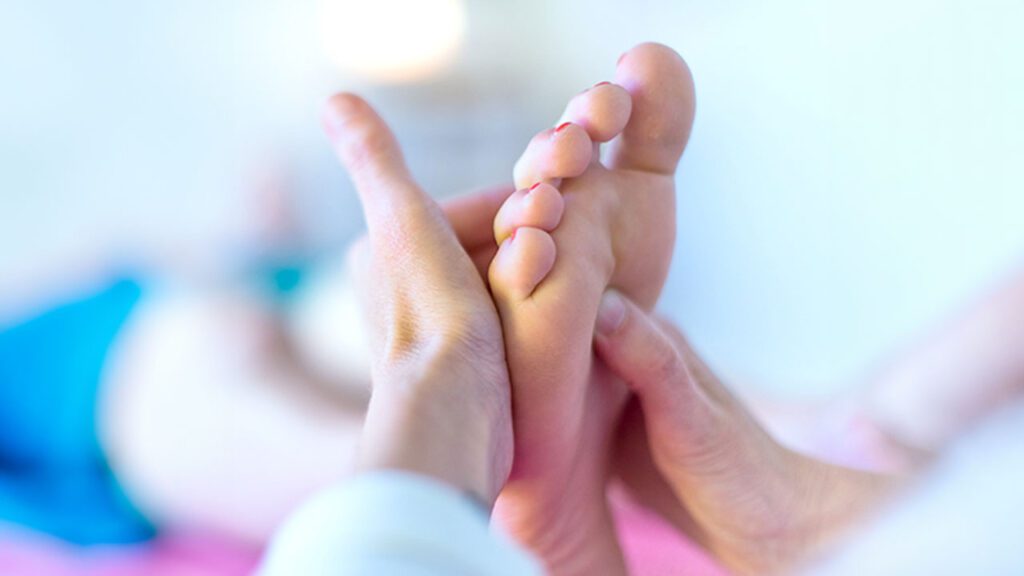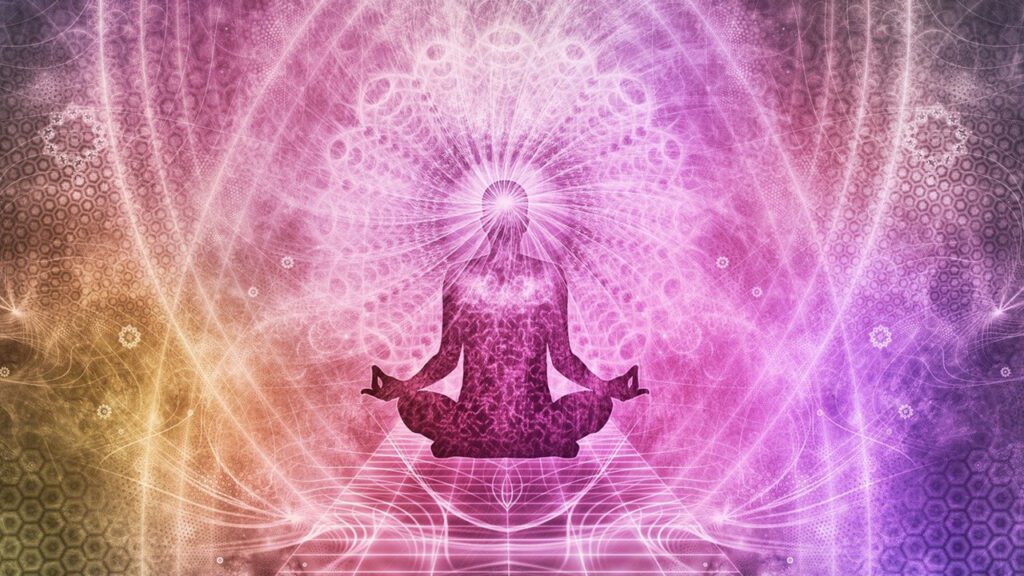Dry needling is a specialised technique utilised by acupuncturists and skilled healthcare practitioners to address musculoskeletal pain and movement issues. Typically integrated into comprehensive pain management plans that may involve stretching, massage, and other methods, dry needling focuses on treating myofascial trigger points. These trigger points, characterised by knotted and tender areas within muscles, are highly sensitive and can contribute to both localised and referred pain.
How Does Dry Needling Work?
Muscles that are overused can enter an energy crisis, leading to inadequate blood supply and depriving muscle fibers of essential oxygen and nutrients for returning to their normal resting state. Consequently, the surrounding tissue near trigger points becomes more acidic, sensitising nerves and causing soreness and pain.
Dry needling intervenes by stimulating trigger points, encouraging a restoration of normal blood supply to flush out the area and release tension. The needle’s prick also activates nerve fibers, prompting the brain to release endorphins—your body’s natural pain medication.
Some individuals experience immediate improvement in pain and mobility following a dry needling session, while others may require more than one sessions for optimal results.
- Joint Issues
- Tendonitis
- Jaw and mount problems
- Repetitive motion disorders
- Spinal issues
- Migraine & Tension Headache
- Carpal Tunnel Syndrome
- Night Cramps
Meet our Dry Needling Practitioner

